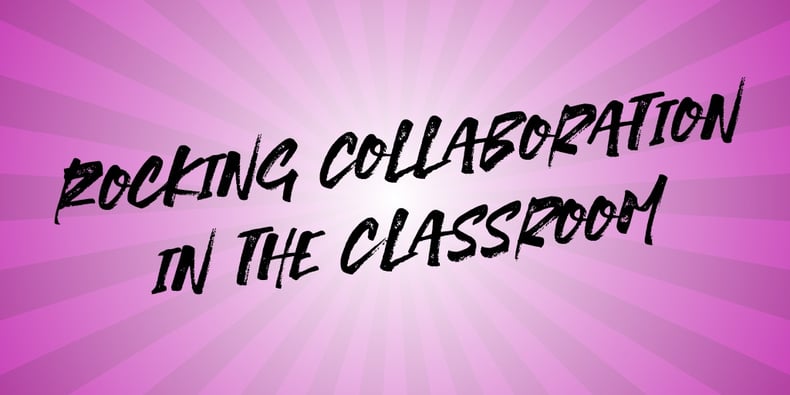
21st century skills are essential components in any classroom—the ability to collaborate with others is a critically important skill for work readiness and success in life. But how do we ensure that our learning experiences for our students involve these skills? And how can we embed opportunities for collaboration in a classroom structure?
Here are a few ideas to help you include collaboration in your classroom:
- Seek out opportunities for students to collaborate: Look at your curriculum and instruction for inclusion of collaboration in various activities and lessons. Maybe there is an opportunity for students to connect with another class from another state to share projects, get feedback, or have a debate. Use websites such as Google+ and Skype in the Classroom to find connections to other schools and organizations.
- Provide structures for all students to speak up: Teach your students to have meaningful conversations with others and listen. Provide students with specific conversation starters and language to support higher-level discussions. Teach Thought has an excellent PDF file with sentence stems to introduce to students for discussions.
- Use a variety of audiences and means to deliver collaboration: The variety of audiences could include small groups, partner classes within the school, parents/community, organizations, or other schools from around the country. The means to deliver these collaborative opportunities could be through blended learning, distance learning or virtual conferences, face to face, or video recordings. Flipgrid is an excellent tool to give all students the opportunity to be in the spotlight—it provides a means for students to express their thoughts, share ideas, and give their opinions in 90 seconds or less.
- Make sure student group sizes are not too small or too big: With larger groups, it is easier for students to not play an active part—group sizes of 4–5 students are ideal. Make sure that each student has a role in the group and provide students with opportunities to reflect on their role and share what their responsibilities are. Encourage students to complete surveys to evaluate how well the group functioned together. Be sure to allow time for debriefing activities, as they are an important part of the learning process.
- Join groups that encourage collaboration: Groups such as Connected Classrooms on Google+ promote ways to connect to other educators from around the world. Project ideas for collaboration, shared experiences, best practices, and ongoing discussions are the elements of this group. The 21st Century Learning community on edWeb provides webinars and resources to develop ideas to promote 21st century skills in the classroom. Webinar links are available to archived sessions in case a live session cannot be attended.
- Use team-building games to promote critical thinking and collaboration: For example, divide the students into groups of two. Using classroom vocabulary words, have students exchange a list of 10 words that they must use in their conversation to each other. Students will have to listen carefully to the other person to know how to use their vocabulary word in the conversation. It is a fun way to encourage student listening and communication skills. Teach Thought offers additional team-building games to play in the classroom.
- Get student input: Give students the vehicle to design age-appropriate norms of collaboration and group activities. Post student norms and ideas throughout the classroom to refer to in situations when they need to be reviewed. The Seven Norms of Collaboration from Thinking Collaborative provides an excellent toolkit that can be used in any grade level.
- Model, model, model: Make sure students understand your expectations by modeling what you are looking for in collaborative work. As you begin to monitor group work, look for examples of the ways students initiate discussions, clarify points, challenge each other in discussions, summarize, provide information, and reach a group consensus. Offer feedback and allow time for students to demonstrate how well they worked together as a group.
How have you introduced collaboration into your classroom? Let us know in the comments below! And if you're looking for more ways to bring collaboration into your schools and classrooms, be sure to check out our Collaborate to the Core guide.>>



